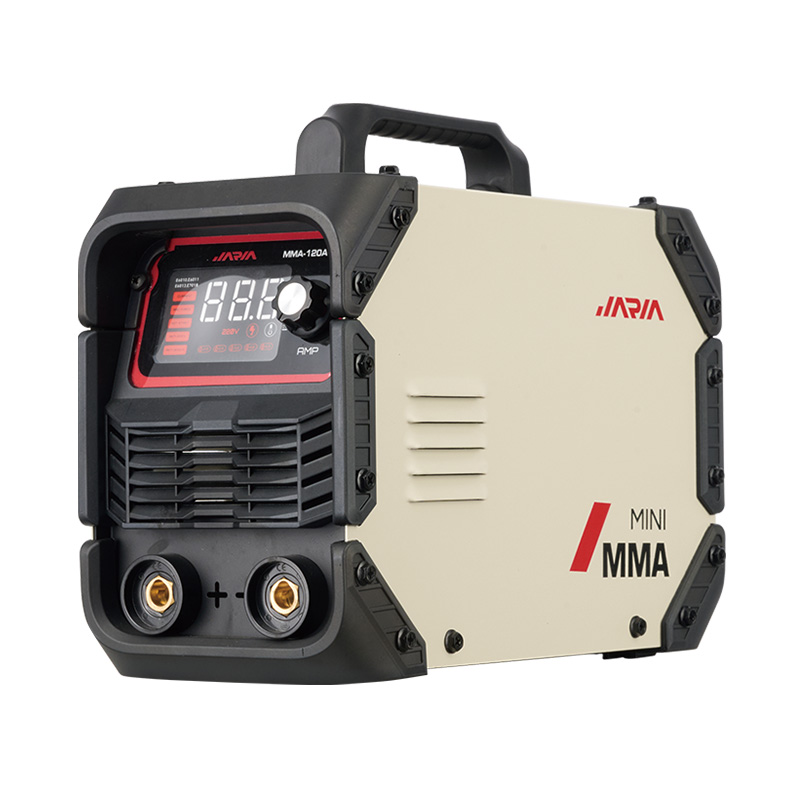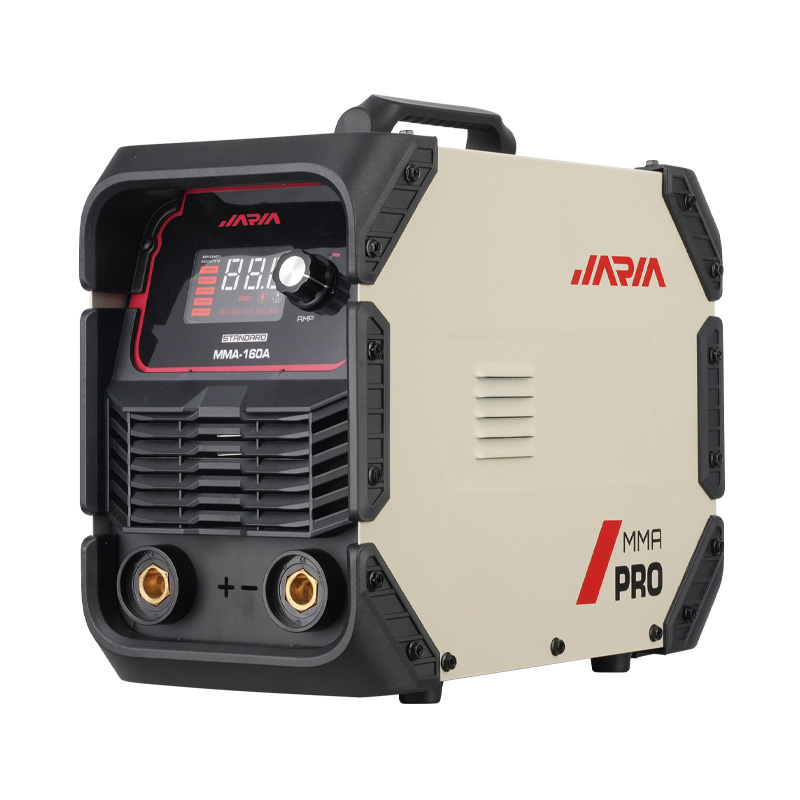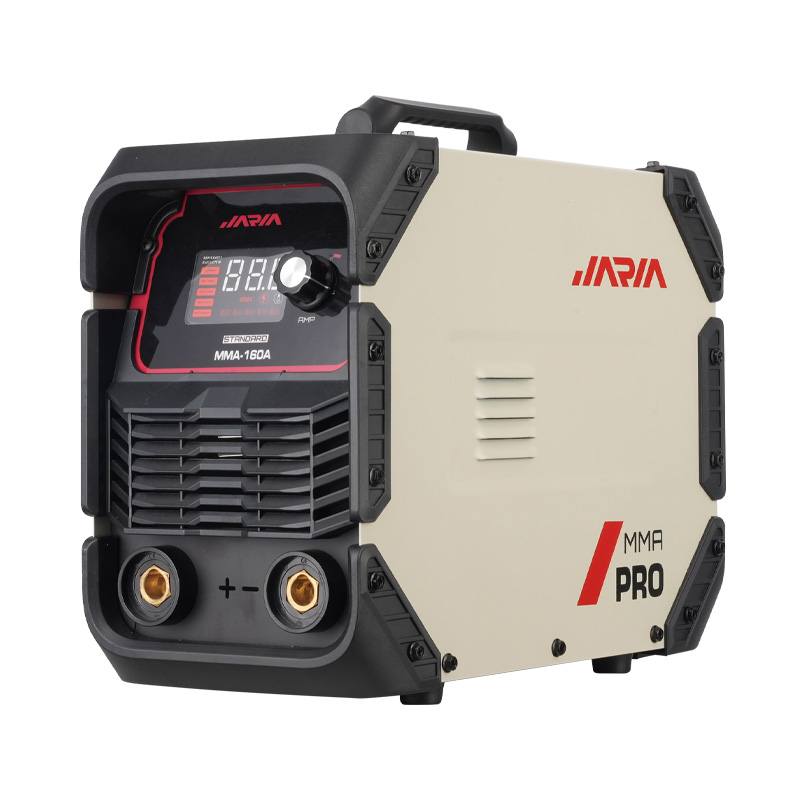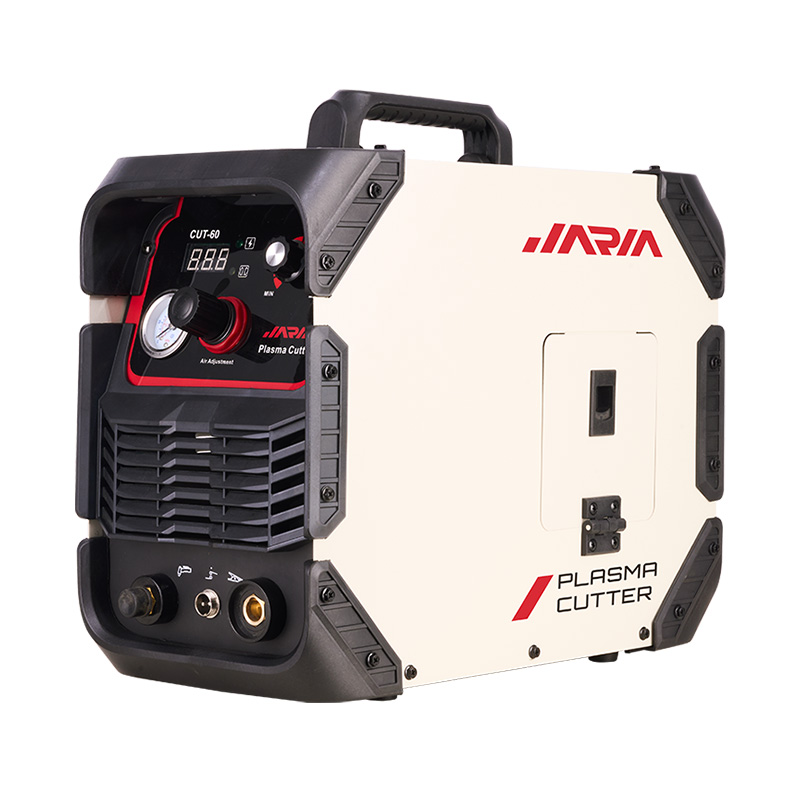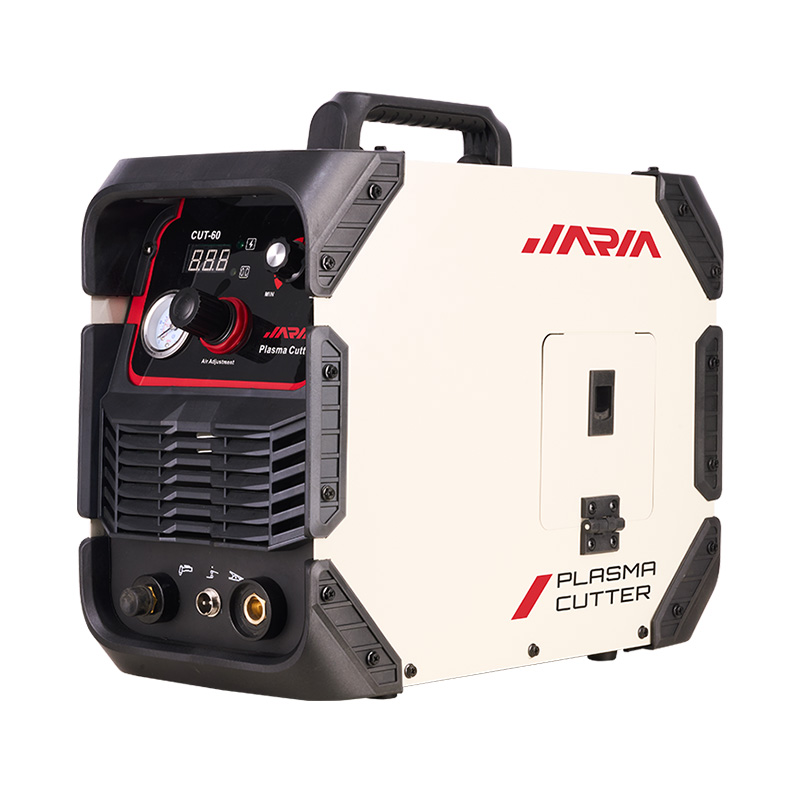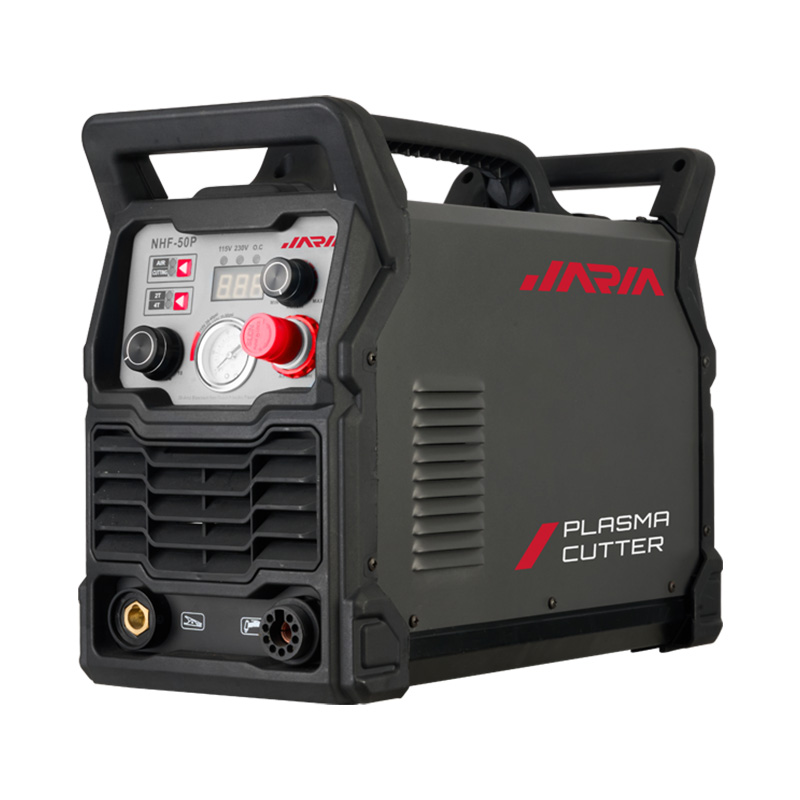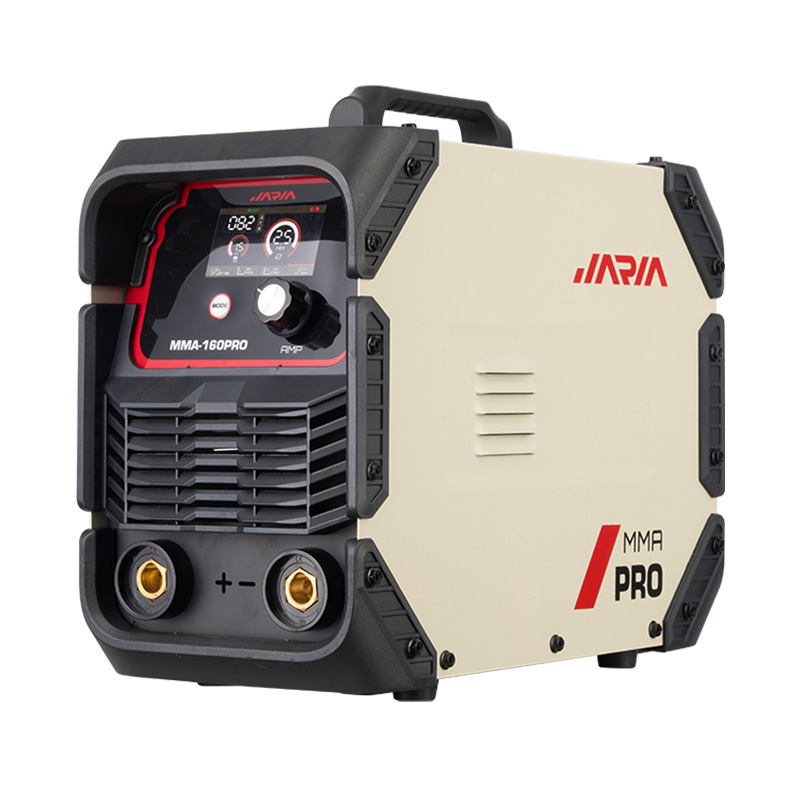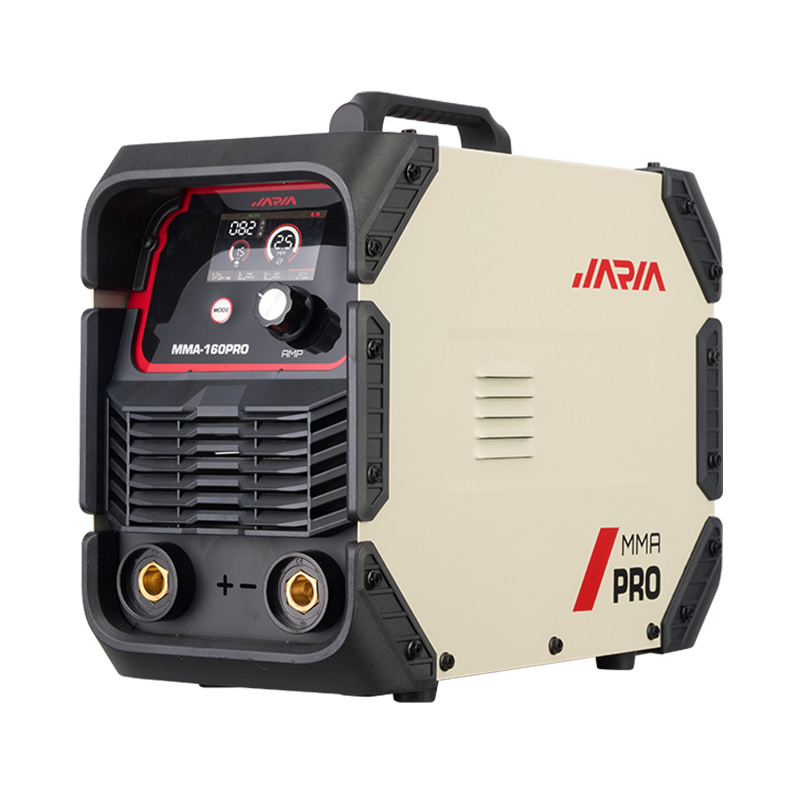Custom plasma cutter welder combo Factory
As industries around the world seek to optimize operations and reduce costs, energy efficiency has become a key focus. Plasma cutter welders, known for their precision and versatility, have seen significant improvements in energy efficiency in recent years. These advancements not only contribute to lower operational costs but also support broader sustainability goals. This article explores how modern plasma cutter welders have improved energy efficiency, including reduced energy consumption and enhanced operational performance.
Energy efficiency in plasma cutter welders is about high performance while minimizing energy use. This involves optimizing the cutting process, reducing waste, and improving the overall design of the equipment. Recent technological advancements have led to several key improvements in energy efficiency for plasma cutter welders.
One of the significant advancements in plasma cutter welders is the development of more efficient power supply systems. Modern plasma cutter welders utilize advanced inverter technology that converts electrical power more efficiently than traditional systems. These inverters use high-frequency switching to deliver precise amounts of power to the plasma torch, reducing energy losses and improving overall efficiency.
By employing high-efficiency power supplies, plasma cutter welders are able to achieve better cutting performance with lower energy consumption. This not only reduces operational costs but also extends the lifespan of the equipment, as the reduced strain on the power supply leads to fewer maintenance issues.
The design of the plasma torch plays a crucial role in the energy efficiency of a plasma cutter welder. Modern plasma cutter welders feature optimized torch designs that enhance the efficiency of the cutting process. Improvements in torch design include better cooling systems, advanced electrode materials, and streamlined gas flow mechanisms.
These design enhancements ensure that the plasma arc is more stable and efficient, thereby cleaner cuts and less wasted energy. Efficient plasma torches also reduce the need for excessive heat, which contributes to lower energy consumption and improved overall performance.
Modern plasma cutter welders are equipped with intelligent cutting control systems that optimize the cutting process based on real-time feedback. These systems use sensors and algorithms to monitor factors such as material type, thickness, and cutting speed. By adjusting parameters dynamically, the plasma cutter welder can maintain better performance while minimizing energy use.
For example, intelligent controls can adjust the power levels and cutting speed to match the specific requirements of each job. This ensures that the machine operates efficiently at all times, reducing unnecessary energy consumption and improving overall productivity.
Cooling systems are essential for maintaining the performance and longevity of plasma cutter welders. Traditional cooling systems often consume significant amounts of energy, especially in high-demand applications. However, modern plasma cutter welders incorporate energy-efficient cooling solutions that reduce power consumption while keeping the machine at nice operating temperatures.
These cooling systems use advanced technologies such as high-efficiency fans and temperature-controlled cooling fluids. By minimizing energy use in the cooling process, plasma cutter welders can operate more efficiently and reduce overall energy consumption.
The improvements in energy efficiency for plasma cutter welders offer several benefits for both manufacturers and the environment. These benefits include:
One of the immediate advantages of increased energy efficiency is the reduction in operational costs. By consuming less energy, plasma cutter welders lower electricity bills and reduce the overall cost of operation. This can thereby significant savings, especially in high-volume manufacturing environments where energy costs are a major concern.
Energy-efficient plasma cutter welders often come with features that enhance productivity, such as faster cutting speeds and improved cutting quality. By optimizing the cutting process and reducing energy waste, these machines can complete jobs more quickly and efficiently, increased overall productivity.
Improving energy efficiency contributes to environmental sustainability by reducing the carbon footprint associated with manufacturing processes. Lower energy consumption means fewer greenhouse gas emissions and a smaller environmental impact. For companies committed to sustainability, investing in energy-efficient plasma cutter welders aligns with broader environmental goals and corporate social responsibility.
Energy-efficient plasma cutter welders tend to have longer lifespans and require less maintenance due to reduced wear and tear on components. By operating with optimized power supplies and cooling systems, these machines experience less strain, fewer breakdowns and extended service life.
As technology continues to advance, further improvements in energy efficiency for plasma cutter welders are expected. Future trends may include:
The integration of smart technologies and Industry 4.0 principles is likely to drive further advancements in energy efficiency. Smart plasma cutter welders equipped with Internet of Things (IoT) capabilities can provide real-time data on energy usage, allowing for more precise monitoring and optimization of performance.
The use of advanced materials in plasma cutter welders, such as high-performance alloys and composites, could even greater energy efficiency. These materials can reduce energy losses and improve the overall efficiency of the cutting process.
The incorporation of automation and robotics in plasma-cutting applications can further enhance energy efficiency. Automated systems can optimize cutting paths, reduce material waste, and minimize energy consumption,more efficient and cost-effective operations.
Modern plasma cutter welders have made significant strides in energy efficiency, thanks to advancements in power supply technologies, torch design, cutting controls, and cooling systems. These improvements not only reduce operational costs but also contribute to environmental sustainability and enhanced productivity.

 英语
英语 西班牙语
西班牙语 阿拉伯语
阿拉伯语